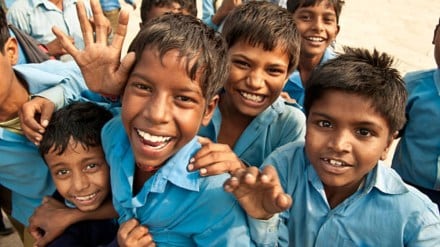The Supreme Court on Wednesday posed a thought-provoking question: Is India still carrying the tag of a poor country? The query came from a Bench of Justices Surya Kant and N Kotiswar Singh during a hearing where advocate Prashant Bhushan cited poverty data suggesting a rise in poverty levels since 2011. Expressing concern over outdated narratives, the Bench remarked, “It’s 2025 now. Are we still working on the premise that the country hasn’t progressed?”
What does World Bank data highlight about poverty?
Contrary to Bhushan’s claim, the latest World Bank Spring 2025 Poverty and Equity Brief paints a much-improved picture. Extreme poverty in India—defined as living on less than $2.15 per day—fell sharply from 16.2% in 2011-12 to just 2.3% in 2022-23. Rural extreme poverty dropped from 18.4% to 2.8%, while urban poverty plummeted from 10.7% to 1.1%, narrowing the rural-urban gap significantly.
Over 378 million lifted from poverty
Even by a broader poverty benchmark of $3.65 per day, which defines lower-middle-income poverty, India has made substantial progress. The share of population under this line fell from 61.8% in 2011-12 to 28.1% in 2022-23, effectively lifting approximately 378 million people out of poverty.
The remarkable gains are largely attributed to targeted welfare measures like PM Awas Yojana (PMAY), MGNREGA, and Ujjwala Yojana, along with improved healthcare access and financial inclusion. Government data and SBI research estimate current poverty rates to be below 5%, with rural poverty at 4.86% and urban poverty at 4.09% as of 2023-24.
